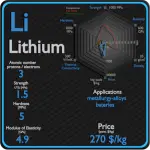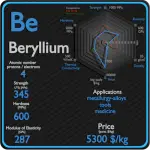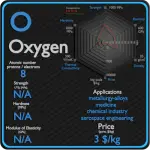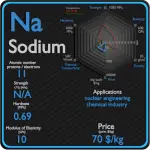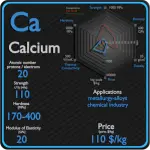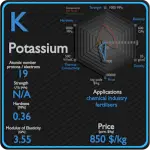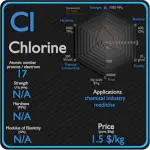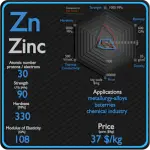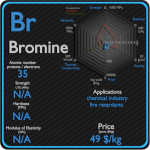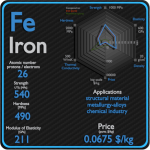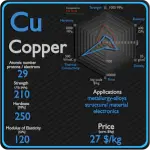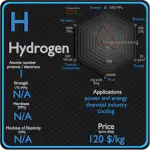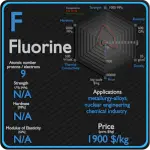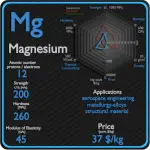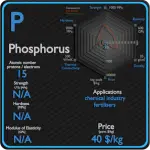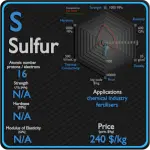This article contains comparison of key thermal and atomic properties of magnesium and calcium, two comparable chemical elements from the periodic table. It also contains basic descriptions and applications of both elements. Magnesium vs Calcium.
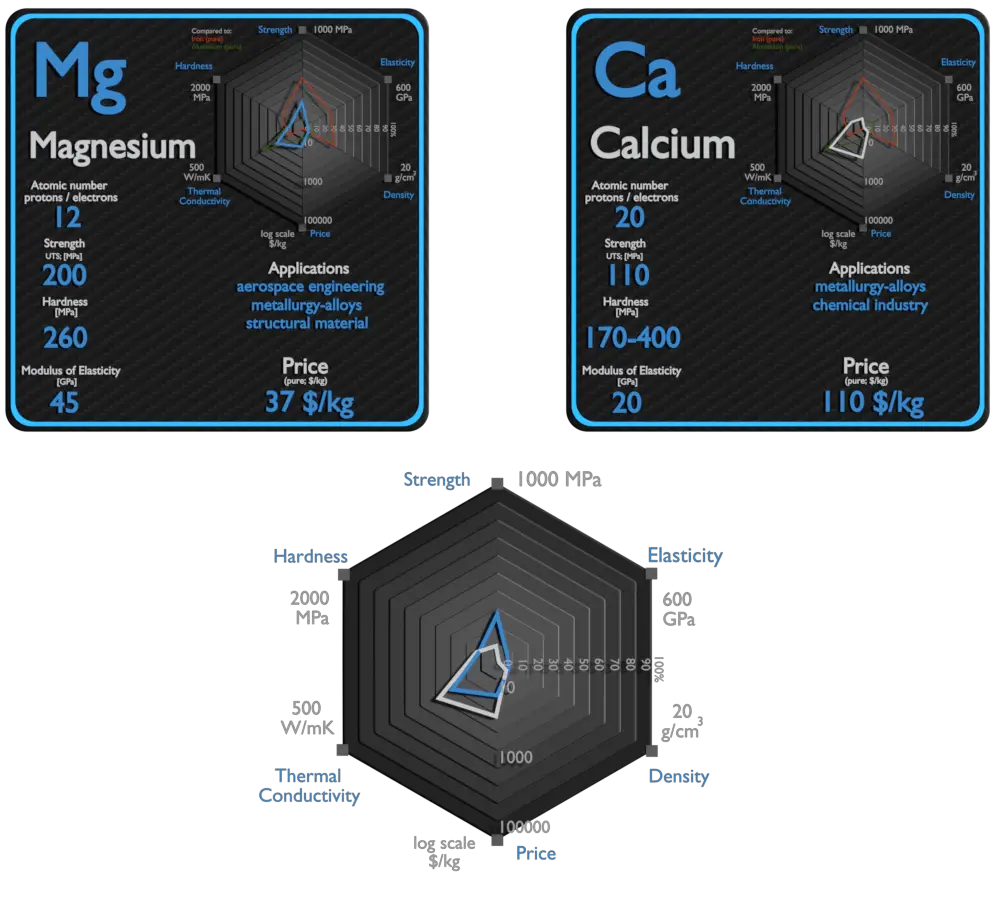
Magnesium and Calcium – About Elements
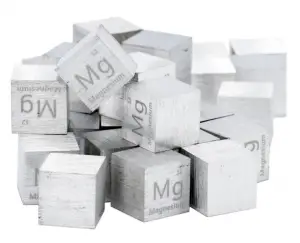
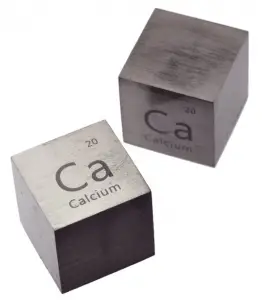
Source: www.luciteria.com
Magnesium and Calcium – Applications
Magnesium
Magnesium is the third-most-commonly-used structural metal, following iron and aluminium.[35] The main applications of magnesium are, in order: aluminium alloys, die-casting (alloyed with zinc), removing sulfur in the production of iron and steel, and the production of titanium in the Kroll process. Magnesium alloys are used in a wide variety of structural and nonstructural applications. Structural applications include automotive, industrial, materials-handling, commercial, and aerospace equipment. Magnesium alloys are used for parts that operate at high speeds and thus must be light weight to minimize inertial forces. Commercial applications include hand-held tools, laptops, luggage, and ladders, automobiles (e.g., steering wheels and columns, seat frames, transmission cases). Magnox (alloy), whose name is an abbreviation for “magnesium non-oxidizing”, is 99% magnesium and 1% aluminum, and is used in the cladding of fuel rods in magnox nuclear power reactors.
Calcium
The largest use of metallic calcium is in steelmaking, due to its strong chemical affinity for oxygen and sulfur. Its oxides and sulfides, once formed, give liquid lime aluminate and sulfide inclusions in steel which float out. Calcium compounds are used as manufacture of insecticides, paints, blackboard chalk, textile and fireworks.
Magnesium and Calcium – Comparison in Table
| Element | Magnesium | Calcium |
| Density | 1.738 g/cm3 | 1.55 g/cm3 |
| Ultimate Tensile Strength | 200 MPa | 110 MPa |
| Yield Strength | N/A | N/A |
| Young’s Modulus of Elasticity | 45 GPa | 20 GPa |
| Mohs Scale | 2.5 | 1.5 |
| Brinell Hardness | 260 MPa | 170 – 400 MPa |
| Vickers Hardness | N/A | N/A |
| Melting Point | 649 °C | 842 °C |
| Boiling Point | 1090 °C | 1484 °C |
| Thermal Conductivity | 156 W/mK | 200 W/mK |
| Thermal Expansion Coefficient | 24.8 µm/mK | 22.3 µm/mK |
| Specific Heat | 1.02 J/g K | 0.63 J/g K |
| Heat of Fusion | 8.954 kJ/mol | 8.54 kJ/mol |
| Heat of Vaporization | 127.4 kJ/mol | 153.3 kJ/mol |
